Technology Observatory from 4th to 10th of August
This week's Technology Observatory brings you the following stories:
● White suits the Samsung Galaxy Alpha very well
● Xiaomi becomes the top cellphone vendor in China, ousting Samsung
● Twitter tries to embed in our timeline the tweets of people followed by our friends
● WhatsApp comes to Android Wear smartwatches
● Sony gives up and announces its retreat from the e-book business
● Samsung confirms that the Galaxy Note 4 will be presented on September 3 in three cities
● Apple to present its new iPhone on September 9, according to Re/code
● Apple and Samsung end their patent war, but only outside the U.S.
● Yahoo to encrypt its e-mail system with PGP
● Sony BRAVIA S90: the elegant curve of the 4K
● Gear Solo, the next Samsung smartwatch that will not need a phone to operate
● The new Windows Phone 8.1 Update 1 opens the door to the world of tablets
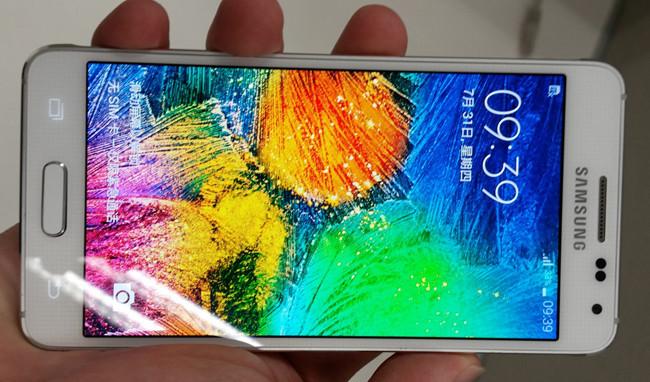
Another phone expected to be released shortly is this Samsung Galaxy manufactured using high-quality materials, called Samsung Galaxy Alpha. Unfortunately for the Korean brand, much is already known about it. Pending confirmation of the specs, the phone's look has already been revealed on some occasions, but with rather poor image quality. With the new gallery we get a pretty accurate idea of what we can expect. Along with the Galaxy Note 4, this new phone looks set to become the Korean brand's most important announcement this year. A phone entrusted with the responsibility of boosting the moderate sales posted in the second quarter. The new images reveal a white phone, with brushed metal sides and polished edges (somewhat duller than in the black model), which vaguely resemble an iPhone 5. A very attractive model, with a size that will prove very popular with many customers. The screen size is supposedly 4.8 inches, a departure from current trends. The 720p resolution is appropriate to this size, and the panel is an AMOLED-type unit. The internal hardware would be a Samsung Exynos 5433 (8 cores, GPU Mali T268, 2GB RAM), with two 12 and 2 megapixel cameras.
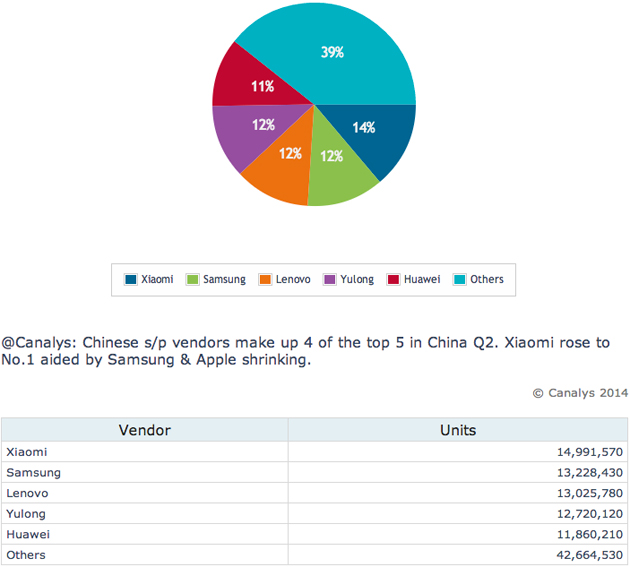
The name Xiaomi has been mentioned for some time now among the top cellphone manufacturers, mainly because the company became famous for making cheap, high-quality cellphones. However, we didn't expect it to become the largest manufacturer in China, which happens to be the second largest economy in the world. This is what market research firm Canalys claims. It has published a report showing that in the second quarter of the year Xiaomi beat the giant Samsung in terms of deliveries. In recent months, the low-cost Redmi and even the more capable Mi3 and Mi4 have sold well because they're an excellent offering in terms of price/performance. These cellphones stand comparison with those of Samsung, and even those of Apple, as they are much cheaper. We should also take into account that Apple is no longer among the five top manufacturers. At any rate, these results will not be sustained easily over time because we're talking about the complex cellphone market. In particular, we should bear in mind that Xiaomi achieved 14% of deliveries in the second quarter, not much more than the 12% obtained by Samsung, Lenovo and Yulong, and the 11% posted by Huawei. This means that the figures could vary from month to month, but even so they confirm that Xiaomi has graduated as one of the big players.
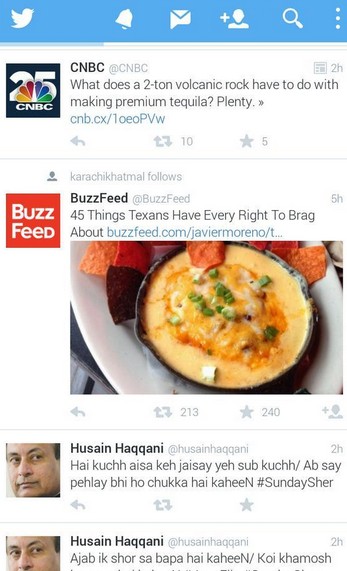
Twitter is testing a new feature, perhaps more ads or simply another kind of recommendations for user accounts, that would make it possible to embed in our timelines the tweets of the accounts followed by people we follow. In other words, the company would try to camouflage part of the timeline of the users we follow in our own timeline. The selection would be random and would seek to promote the accounts that our contacts still hope that will be of interest to us, as they are to them. This is how they find out in TNW, where the screenshot for user @aleefbaypay (on the left) is shared; this user was surprised to receive in his timeline a tweet from @BuzzFeed, a popular account that he didn't follow, but some of his friends did. Indeed, the screenshot clearly shows a small title that states at the top of the second tweet the name of that friend and the reference indicating that the person follows BuzzFeed on Twitter. By the way, this was seen on Twitter's app for Android and could be a simple experiment ready to be rejected or, on the contrary, to be adopted as a new feature available to all users. Let's hope it's the former, as we already have enough with promoted tweets and hashtags, not to mention those that include calls to action (“buy”, “install”, etc.). It would be worse if they not even sought to make a profit, but only to impose new interactions. In short, the big problem is that even by showing as recommendations on the sides of Twitter new accounts to follow (with the respective blue “follow” button) generated based on the followed accounts in our social circle, not all users will agree to follow them simply because their publications do not fulfill their expectations. So if they're trying to promote their consumption by force, there will be more users who complain than those who change their mind.
The latest update of the popular push messaging software WhatsApp has made the app compatible with Android Wear watches and gadgets. In this way you can see notifications and previews of the messages, and even reply to them from your own wrist wearable in the style of Michael Knight in Knight Rider. The latest update 2.11.322 enables Android Wear smartwatches not only to receive notifications, but also to reply to the messages received, either using preconfigured texts or via voice (audio) or transcribed via voice. WhatsApp is no doubt one of those "essential" apps for any smartphone user and its availability on Android Wear will greatly contribute to the popularization of this new gadget platform. For the moment we only have LG G Watch and Samsung Gear Live on the market running Android Wear and we're awaiting the arrival of the stylized Moto 360.
This first half of the year hasn't been easy for Sony, which is completely revamping its businesses, eliminating those divisions that don't work, or can no longer be maintained. In February we learned that Sony was selling its VAIO laptop division, and the company later announced it was doing the same with its e-book store, which provided content to its Sony Readers and was closed in March this year. Sony now says it's quitting the e-book business altogether, ceasing production of its eReaders. Although Sony was the pioneer in this segment and even outsold Amazon for three years, it has admitted that it's lost the battle against Amazon and it's best to retreat, since the Sony Reader is not financially viable and is well below the sales of Kindle, so at this point it's impossible to continue competing. As I mentioned earlier, the closing down of the store was the first sign that something was wrong. The closure took place in the United States, Canada, Europe and Australia, where all the user accounts were transferred to Kobo, as the store was still operating in Japan. The eReader business had its heyday in 2011, when 23 million units were sold, but according to Gartner that figure is expected to drop to 10 million by 2017, as tablets and phablets begin to dominate the e-book business, a segment where Amazon commands a 90% market share in the United Kingdom alone, according to The Bookseller figures. Thus ends Sony's adventure in the eReader market, where the last model will be the Sony Reader PRS-T3 manufactured in May this year in Japan. Once the stock is exhausted, it will no longer be distributed.
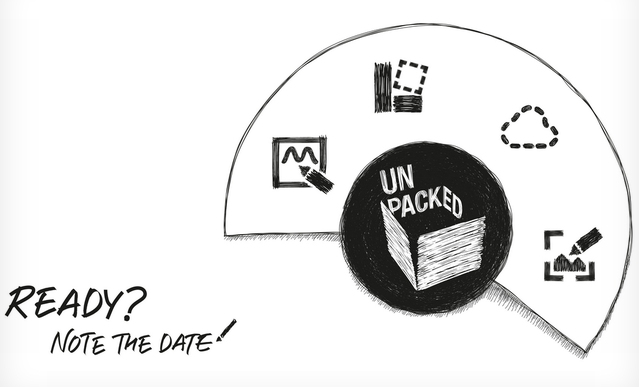
Samsung is sending invitations to the specialized media for an event to be held next September 3, in what is known as a second episode of Unpacked in 2014 (the first one was for the Galaxy S5). The Korean brand's idea is to hold a global event, with simultaneous presentations in three major cities across the globe: Berlin, Beijing and New York. It will take place around the same date as Apple's event - September 9 - and announcement of the new iPhones. The invitation suggests that the company will be presenting a Note device, judging by the slogan used - "Ready? Note the date!" - and also the image displayed, with a sketch of the "Air Command" menu. There is no doubt that the Samsung Galaxy Note 4 will be the star of the event, although there may be room for the Galaxy Alpha. This is what's expected from the smartphone: 5.7 inch QHD screen, 16-megapixel ISOCELL camera, Qualcomm Snapdragon 805, water resistant, fingerprint reader, etc. The Samsung Galaxy Note 3 was presented last year at the IFA in Berlin, as was the case with the Note 2, so history repeats itself. As on these previous occasions, we expect a streaming video of the event.
Re/code has already suggested a date for the event where Apple will unveil the new iPhone: September 9. That's when we'll start witnessing the wave of launches of Apple's "best product pipeline in 25 years", as Eddy Cue put it at the last Code Conference. According to the source, there should be two new iPhone models with 4.7 and 5.5 inch screens packing an Apple A8 processor. As was to be expected, despite Re/Code's assurance about this date, Apple has refused to make any official comments. At Applesfera they have already written the date down on the calendar and they will provide minute-by-minute coverage of the event so we don't miss a thing. If these rumors are true, in one month and four days we could be witnessing the most important launch since Tim Cook took charge of Apple.
Update: Bloomberg and The Wall Street Journal are also betting on that date. With these three relevant media supporting this date, it should be confirmed one or two weeks before the event.
An agreement was made public last week whereby Apple and Samsung undertake to put aside their ongoing disputes, thus ending the patent war that has been raging for many years. Even so, it would not be a complete peace declaration between the two tech giants, because even though the terms of the agreement have not been made public, it is known that this pact does not include the cessation of any of the legal battles currently being fought in the United States. Thus, for the time being, both companies will continue to fight it out to resolve their legal disputes within the U.S. However, it marks a significant improvement in the relationship between the two companies, as this agreement puts an end to the lawsuits that Apple and Samsung have underway in Germany, Australia, France, Holland, Italy, Japan, the United Kingdom and South Korea. Less than a month ago, Apple distanced itself from Samsung by reaching an agreement with the processor manufacturer TSMC, whereby Samsung ceased to be Apple's sole supplier. This decision would have entailed a fall in Samsung's profits, so the agreement may have something to do with this decision.
Yahoo announced a few months ago its intention to gradually improve the security of the data stored by its various services. It will now go one step further with its e-mail service. Alex Stamos, the company's head of information security, recently told The Wall Street Journal that beginning in the fall they will start introducing encryption based on PGP. This will require a key to be stored on the user's equipment, thus improving the security of the messages. For now, not many more details have been given, so we'll keep an eye on developments after the summer to see how they implement the system.
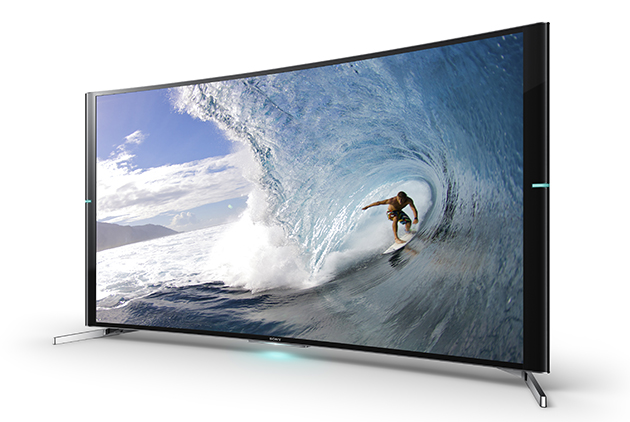
The IFA is fast approaching, and Sony is more than ready. The manufacturer has presented its new BRAVIA model, the S90, a spectacular TV set that's available in 65 and 75 inch versions. One highlight, as you can see, is its curved design. What's more, the panel used offers UHD resolution, so in addition to enjoying the attractive design we will also have 4K resolution with X-Tended Dynamic Range technology and Motionflow XR800Hz. It also includes other trademark features like TRILUMINOS color technology and 4K X-Reality PRO, which is in charge of scaling the signals up to the panel's resolution. This is the same panel found in Sony's successful X9 4K model, so its performance is more than guaranteed. The problem? The price, obviously. The price of these TV sets is no less than 3,999 euros for the 65 inch model, and a hair-raising 8,299 euros for the 75 inch model. They will hit the stores in September.
As if Samsung's entire Gear family were not enough, there are rumors about one more model. This would be the Samsung Gear Solo, a new product that would be presented at IFA 2014 in Berlin together with the Galaxy Note 4. The main new feature of the Gear Solo compared with other options available on the market is that it would not have to be associated with a smartphone. Unlike the Gear Live running Android Wear, the 'Solo' would have a slot for a SIM card and could even be used as a phone, for both calls and integrated 3G connectivity. Depending on the user's preferences, this would not prevent the Samsung Gear Solo from also being connected to a smartphone to act as an accessory device, similarly to current smartwatches available on the market. It is not currently known what operating system it will run, or the services or features it is capable of offering. We will hopefully find out in less than a month. Samsung's presentation at IFA is planned for September 3 and even though the Galaxy Note 4 will be the star that night, we are also expecting to hear about a new product for our wrist.
We're used to hearing about iOS, Android and Windows 8 tablets. But what about Windows Phone tablets? They're nowhere to be seen, or at least that's what we thought. Until now, because the recent Windows Phone 8.1 Update 1 has opened new possibilities. In the documents for developers, Microsoft has begun to allow their use in devices with no SIM card. Until now this had been a requirement for previous versions, and that's why we always saw how WinPhone was installed on phones while its elder brother Windows 8 - or its simplified version RT - was used with larger screens, mainly tablets. With this change in requirements Windows Phone could start being used on tablets or, more generally, on other categories beyond smartphones. Because they don't necessarily have to be tablets: multimedia players, e-book readers and other kinds of products could benefit from this move. Beyond what is technically feasible, we should bear in mind that Microsoft's operating systems would possibly overlap, and we're referring specifically to Windows 8 'RT' and Windows Phone 8. The former is not being particularly successful, so one understandable option would be to replace it with the latter. Perhaps this is one of the major changes facing Microsoft and it would not be unreasonable to assume that following the acquisition of Nokia they are thinking of refocusing their business: something similar to the Nokia Lumia 2520 or Microsoft Surface 2 but running Windows Phone 8? This may well be the case; we'll find out in the coming months.
